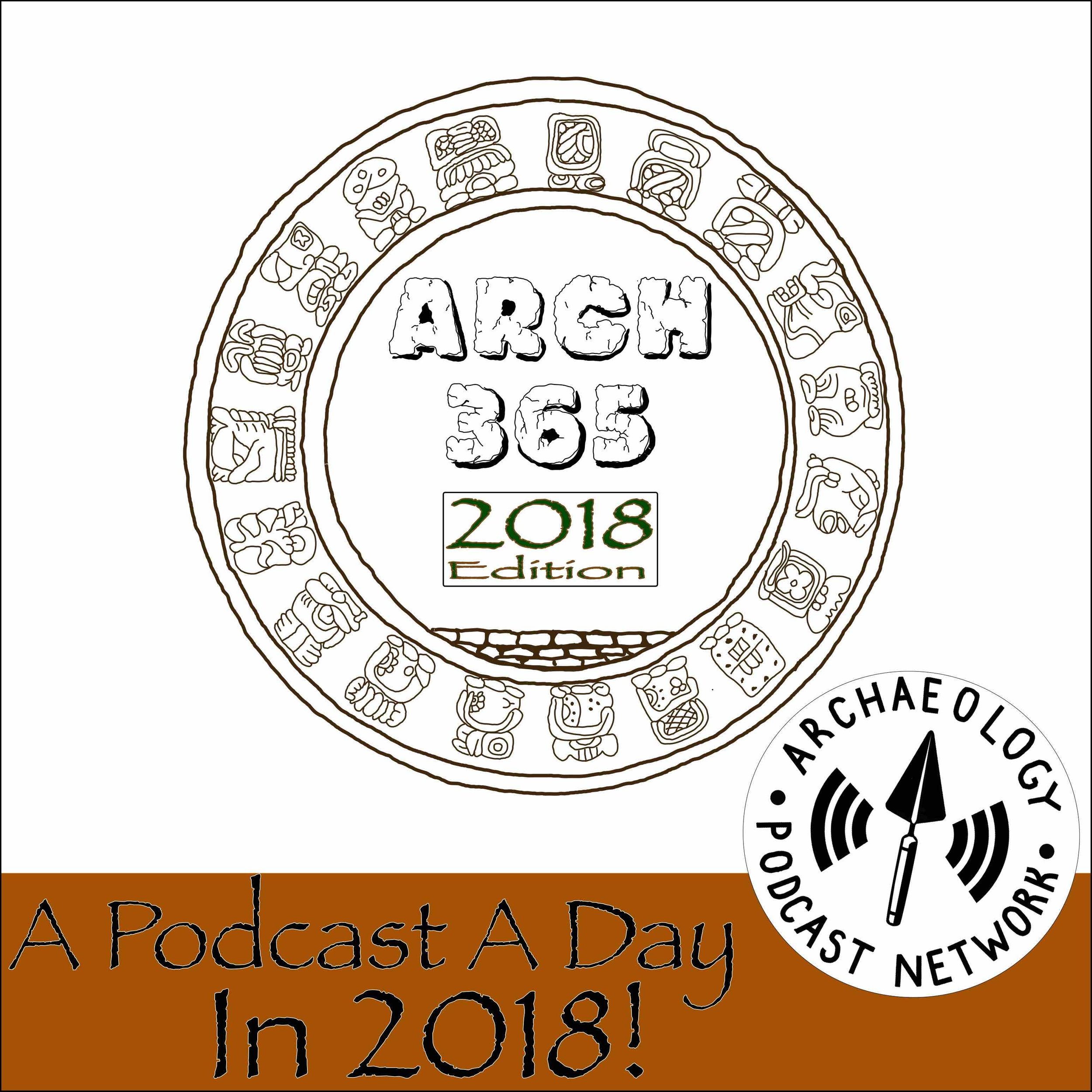Ulfbert Swords - Episode 18025
Possibly produced in the Frankish part of Europe, these swords have long been a mystery. Some have agreed that they represent a new technology of crucible steel. However, there are examples of them found that have been pattern-welded, a method which usually indicates a different form of metal production.
Links
Possibly produced in the Frankish part of Europe, these swords have long been a mystery. Some have agreed that they represent a new technology of crucible steel. However, there are examples of them found that have been pattern-welded, a method which usually indicates a different form of metal production.




















